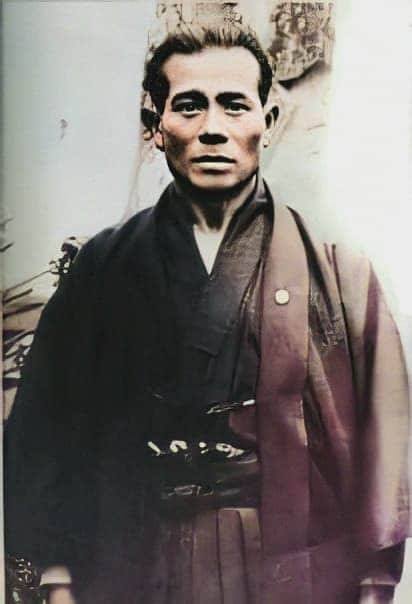Kanbun Uechi, in whose honor this karate system is named, studied Pangainoon in China at the Central Temple in the Fujian Province during the years of 1897 – 1910. Kanbun left Okinawa in 1897 to avoid being conscripted into the Japanese army and to learn the Chinese fighting system. Little is known of Kanbun’s 13 years in China. His son, Kanei, did say that Kanbun directed all his energies toward the mastery of Pangainoon. He learned not only the physical art, but also Chinese medicine.
Following a decade of diligent study, Kanbun was granted permission to establish his own school in Nansoue, China. Regrettably, one of his pupils was incited into a dispute and inadvertently inflicted a fatal wound upon his assailant. The local community attributed this death to Kanbun. After dedicating three years to teaching in China, Kanbun chose to return to Okinawa, committing himself never to instruct in karate again.
Numerous versions exist regarding the circumstances of Kanbun Uechi’s return to teaching. The following account was narrated by Kanei Uechi, Kanbun’s son, and corroborated by Kanbun’s first student, Ryuyu Tomoyose. Kanbun Uechi returned to Okinawa in 1910. Approximately two years thereafter, Gokenkein, a Chinese tea merchant and former student of Kanbun in China, visited Okinawa on a business trip. Gokenkein encouraged Kanbun to resume teaching; however, his attempts were unsuccessful. Subsequently, Gokenkein was involved in a confrontation with a Naha karate instructor and emerged victorious. Many other instructors challenged him but were unable to defeat him. Numerous individuals sought instruction from him in his style of karate. Gokenkein informed them that there was a renowned karate expert residing in Okinawa, who was his teacher in China—Kanbun Uechi. Many young men approached Kanbun, requesting that he teach, but he declined, asserting that he was not a karate practitioner teacher.
Annually, the Motobu Police Department held a celebration during which all karate schools showcased their respective styles. Eager to witness Kanbun’s skills, other instructors requested the Mayor of Motobu to invite Kanbun to demonstrate his abilities at the event. Not wishing to suffer embarrassment, Kanbun accepted the invitation and took to the stage. He performed the kata Seisan with remarkable speed, strength, and power. Consequently, he earned widespread respect as a distinguished karate master throughout Okinawa. Under immense pressure to instruct others, Kanbun ultimately decided to leave Okinawa for Japan in 1924.
During his stay in Japan, Kanbun resided within a housing compound situated in Wakayama, near Osaka. There, he encountered a young Okinawan named Ryuyu Tomoyose. Tomoyose confronted Kanbun regarding his knowledge of Kanbun’s proficiency in karate and earnestly requested that Kanbun provide him with lessons. Kanbun ultimately consented under the condition that Ryuyu would not disclose this to anyone else. Two years subsequently, Tomoyose requested that Kanbun commence teaching publicly, contending that the art would otherwise become extinct if not imparted to others. Ultimately, Kanbun agreed. Tomoyose proceeded to recruit numerous students, predominantly Okinawans. Kanbun conducted his teachings in Wakayama until the year 1947.
When Kanbun died in 1948, his students renamed the style Uechi-ryu.


